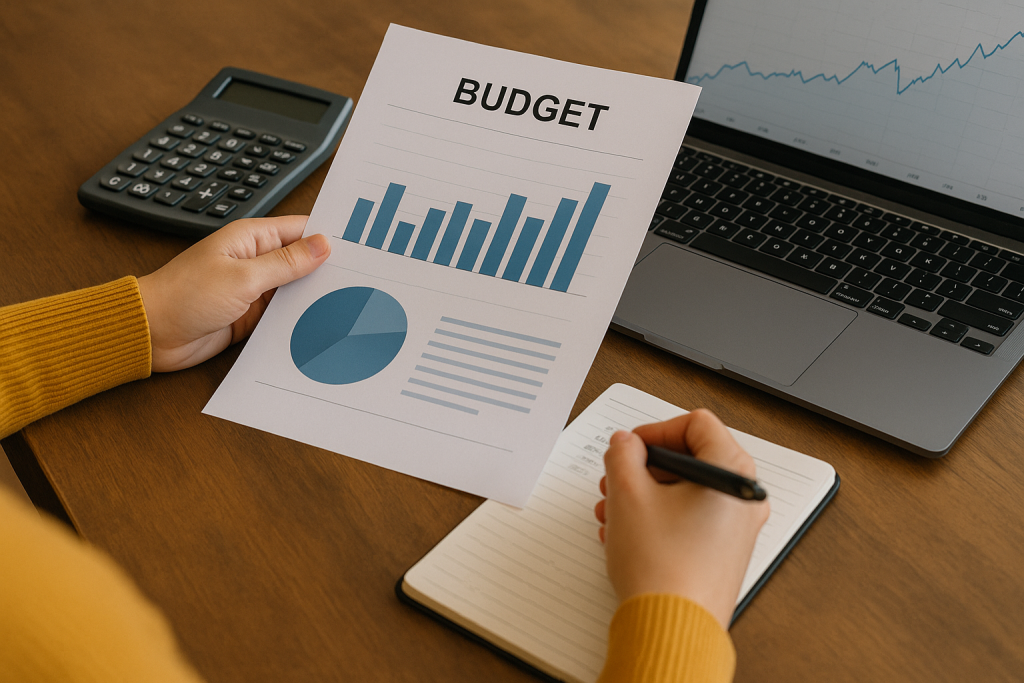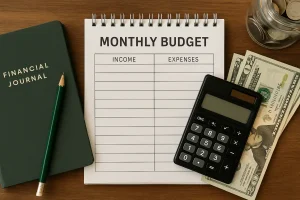Behavioral finance shows how emotions, biases, and thought patterns influence the way we manage money. While traditional financial models assume we act rationally, real-life behavior tells a different story. Feelings often overpower logic, especially when budgeting. Recognizing these emotional and mental triggers can help us make better choices and align our financial decisions with what truly matters in our daily lives.
In this article, we’ll explore how behavioral finance applies to personal budgeting. We’ll examine how emotions affect our spending, the mental shortcuts that skew decision-making, and the strategies that help create better financial habits. With this knowledge, budgeting becomes more than numbers on a spreadsheet—it becomes a way to understand ourselves and take control of our money more intentionally.
Emotions and money: what drives your choices

Budgeting may seem like a rational task, but emotional patterns often drive the decisions we make. Whether it’s shopping to reduce stress, ignoring a bank balance out of anxiety, or spending impulsively after a long day, behavioral finance helps explain these tendencies. Once we understand them, we can anticipate emotional triggers and build budgets that accommodate—not fight—how we actually feel and behave.
For example, the “present bias” makes immediate rewards feel stronger than future gains. This explains why many people struggle to save, even when they want to. By using techniques like visual savings goals or small automatic transfers, we reduce reliance on willpower.
The power of self-awareness
A key insight from behavioral finance is that change starts with self-awareness. It’s not enough to track how much you spend—you also need to reflect on what you felt in that moment. Were you celebrating something? Feeling lonely? Trying to impress someone?
Over time, this emotional audit becomes as important as the budget itself. It helps you recognize what really triggers spending and how to respond differently. Small adjustments—like delaying a purchase for 24 hours or writing down how a transaction made you feel—can shift habits in a way that sticks.
Cognitive biases that shape your budget
Cognitive biases are mental shortcuts that help us make fast decisions—but they often distort reality. Behavioral finance identifies patterns like “loss aversion” (we fear losing money more than we enjoy gaining it) or “anchoring” (relying too heavily on the first number we see), both of which can throw off a well-planned budget without us even realizing.
Imagine someone anchored to their past income, still spending as if nothing changed, or holding on to subscriptions due to the sunk cost fallacy. These traps are common, but avoidable. When we acknowledge these thought patterns, we can begin designing a budget that reflects real behavior and adapts to new situations with greater flexibility and resilience.
Designing a better budget with behavior in mind
A smarter budget isn’t just about cutting costs—it’s about creating systems that support real behavior. That’s where behavioral finance offers practical solutions. Automate savings before temptation hits, allow for “fun money” to reduce guilt, and set visual reminders to reinforce goals.
Also, don’t treat your budget as fixed. Revisit it monthly to see what felt easy or stressful. If you consistently overspend in one category, that’s a signal—not a failure. By adjusting based on real experience instead of ideal behavior, you’re building a system that’s sustainable, responsive, and grounded in self-knowledge.
Rethinking how you relate to money
Behavioral finance helps us see budgeting not as punishment, but as self-awareness in practice. It reveals the hidden reasons behind our choices, making it easier to shift patterns that no longer serve us. Over time, your budget becomes a mirror—reflecting values, intentions, and progress in a way that feels empowering, not restrictive.
When you align your financial behavior with your emotional reality, decision-making becomes clearer and more grounded. With the tools of behavioral finance, you gain more than financial control—you build confidence and calm in your relationship with money.



